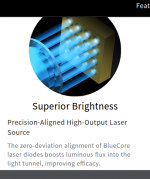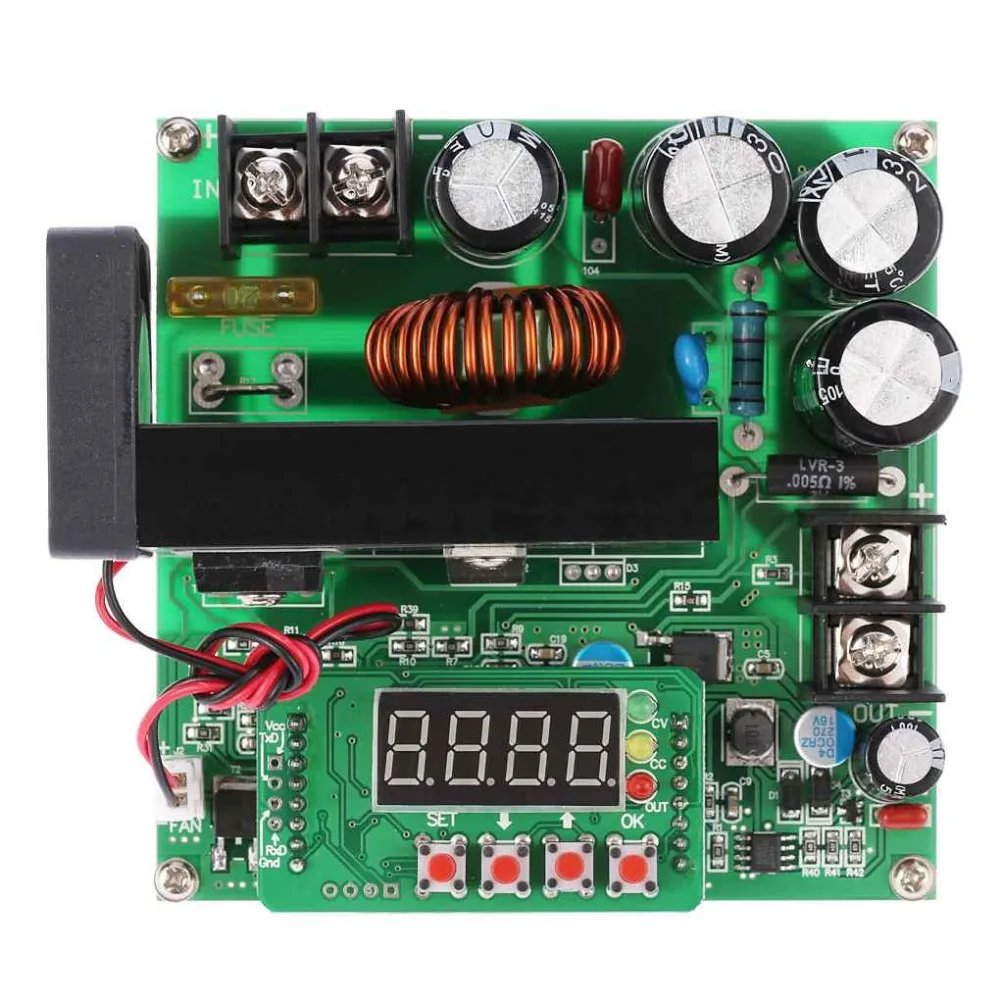- Joined
- Aug 31, 2016
- Messages
- 953
- Points
- 93
Q's are overpriced junk.... maybe NDB7875's inside.

Follow along with the video below to see how to install our site as a web app on your home screen.
Note: This feature may not be available in some browsers.




Hi I am new to lasing, I'm trying to learn more about it for my field of study in EE. What are your axis's in the graphs referencing?The alignment does look better than the NUBM08 block I had. Do you think they are genuine units? I'm in two minds about making a knife edging set for the NUBM08 block. I'm curious to know how smaller spot I can achieve with the right setup and whether it'll be useful for cutting/printing. My fear is it might all be vain if the separate beams are superimposed and deconstructively interfere .
I've since picked up some standard galv sheet steel and found much the same as you. Infact I couldn't even make a mark against the surface at 47W. I'm not sure how much to attribute to the galvanized coating, it's reflective finish, or thermal conductance but either way it's a no go. I did try sanding it and still I couldn't feel heat in the work piece. I've also tried to melt solid Aluminium and Brass with no success but that isn't surprising. Their respective powders seem to respond well but if you can't heat up the substrate then it isn't of much value.
I did manage to piece together a makeshift beam profiler. I need to source a CCD camera with a known module. Right now I don't know the pixel pitch so I can only make relative measurements. It does illustrate you can make a roundish spot though, albeit pretty far from Gaussian.
Each axis corresponds to the intensity vs displacement. The closer to a gaussian bell curve the better. I wouldn't pay too much attention to those graphs though as the region of interest can't be changed with the open source beam profiler software I'm using (it has bugs). You can see on the Y axis half of the graph is just a straight line. The ROI should be centered in the red area and encompass the majority of the beam. The physical units (0 - 300) reference the pixels.Hi I am new to lasing, I'm trying to learn more about it for my field of study in EE. What are your axis's in the graphs referencing?


